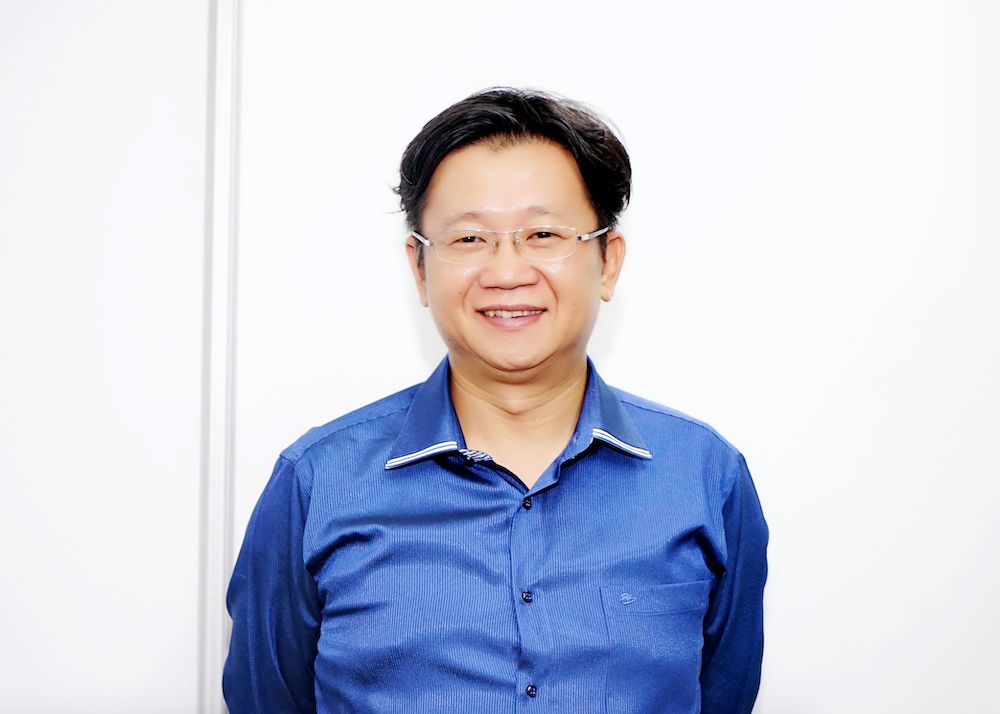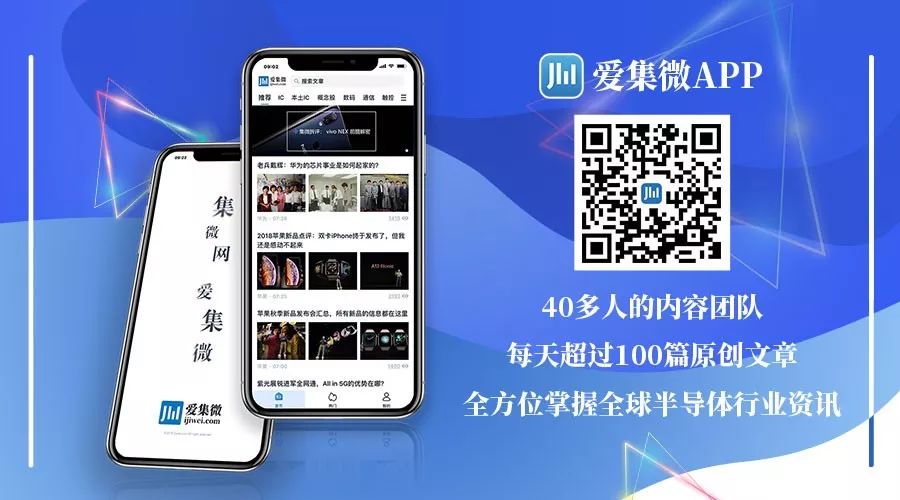Word count: 2495 Reading time: 6 minutes
At this stage, how artificial intelligence has changed our lives is something most people may find difficult to articulate. However, MediaTek has been committed to helping the general public gain a deeper understanding of artificial intelligence. It also emphasizes that the most intuitive manifestation of chip value is its higher design complexity, more features, and greater intricacy; designing AI chips is not simple.
Written by|Aki
Proofread by|Dadao Image source|Jiweinet
According to reports from Jiweinet (written by Aki), the concept of artificial intelligence has become particularly popular in the past two years, with chip companies and tech firms investing heavily in AI research and development.
However, if we were to discuss how artificial intelligence has changed our lives at this stage, most people might find it hard to clarify. After all, current AI technologies are primarily focused on cloud-based learning and inference, which have brought little change to end users.
During an interview with Jiweinet at the Cloud Habitat Conference held on September 20, MediaTek’s Vice President and General Manager of the Smart Devices Business Group, Yu Renjie, stated that MediaTek has recognized the current situation of artificial intelligence, and has been dedicated to helping the general public experience AI more profoundly, bringing AI technology into all aspects of life.

MediaTek’s Vice President and General Manager of the Smart Devices Business Group, Yu Renjie

Designing AI Chips is Not Simple
When we think of MediaTek, we generally think of mobile phone chips.
According to Yu Renjie, MediaTek is currently developing three major platforms: smartphones, smart homes, and autonomous driving. These three platforms are all encompassed under MediaTek’s AI strategy, for which MediaTek has launched a series of chips and platforms, as well as customized ASIC chips.
With the popularity of four major applications: blockchain, large-scale data centers, AI/ML/DL, and smart vehicles, the strong demand for ASICs is an inevitable trend. The long-established division of responsibilities between chip manufacturers and system vendors is being continuously broken down, as companies require higher quality and differentiated solutions, which has also spurred the rapidly growing ASIC market.
Now, whether in the AI, data center market, or automotive applications, there is a massive computational demand driving different end applications, which has led many internet service providers to express a need for ASICs.
Earlier this year, MediaTek announced that it would strengthen its investment in ASIC business, developing it into another major source of company revenue. For MediaTek, this is a significant shift; unlike MediaTek’s traditional business, ASICs need to be developed according to customer requirements and will only be sold to one customer. This ensures differentiation among various customers and enhances their competitiveness.
In August of this year, mining machine manufacturer Canaan Creative was the first to launch a 7nm mining chip. At that time, some media speculated that the design difficulty of 7nm mining chips, even ASIC chips, is lower compared to traditional chips, and that the early entry of dedicated chips into the 7nm field does not indicate much.
Regarding this issue, Yu Renjie stated that ASIC chips, as customized chips, can generally only be sold to specific customers. The existence of customized chips is due to their value, which can also bring more added value. Taking Apple as an example, the same product can sell for a higher price simply by branding it with Apple’s name; the value of Apple’s chip design lies in this, as it can bring more value and more differentiated features to the product.
Customized ASIC chips are more expensive than general-purpose chips, but why are there still manufacturers investing in R&D? Because these chips can bring higher value. Yu Renjie emphasized that the most intuitive manifestation of chip value is its higher design complexity, more features, and greater intricacy.
Therefore, when specific customers design ASIC chips, the value they bring can offset their costs, providing higher value, which also indirectly indicates that the design difficulty of 7nm ASIC chips is not lower than that of traditional chips.
At the same time, we are also seeing more and more companies beginning to design dedicated AI chips, whether based on traditional CPUs, GPUs, or ASIC chips, with many companies investing in R&D.

What Can AI Bring to Life?
So what can artificial intelligence bring to these fields? Taking smart homes as an example, Yu Renjie stated that AI in this market mainly manifests in three aspects.
Comfort
First is greater comfort and convenience. For smart home products, in addition to the general electronic product audience being young people, the elderly also account for a significant proportion. For the elderly, setting up and using smart terminal products is not an easy task, and simplifying usage through AI technology to make products more comfortable has become a feasible approach.
For example, regarding smart speakers, Yu Renjie stated that last year could be considered the first year of smart speakers, with many similar products like Tmall Genie emerging. This year, the market has developed even more rapidly. Data shows that the smart speaker market in China will reach 15 million units this year, while the global smart speaker market will reach 60 million units.
Why have smart speakers developed so rapidly? AI technology has played a crucial role. As we know, smart speakers are primarily controlled through voice, making semantic recognition particularly important. To achieve precise semantic analysis, AI technology must be employed for training.
It can be said that smart speakers are the first platform to utilize AI technology after its maturity, which is also why smart speakers did not appear earlier.
Safety
Secondly, it is about enhanced safety.
For smart homes, Yu Renjie believes that safety can be viewed from two perspectives.
One is the security monitoring system. This relatively simple application mainly uses cameras and other systems to monitor the home environment and prevent theft and other incidents.
The second is monitoring the health and safety of family members, especially the elderly and children, which particularly requires the involvement of AI technology. For instance, in certain applications, data can be obtained through camera monitoring, and then analyzed by AI to assess a person’s health status, psychological condition, and determine if treatment is needed, etc. These are capabilities that traditional technologies cannot achieve and require continuous learning from AI.
Another aspect is the autonomous driving technology in the automotive field. Yu Renjie stated that with the continuous maturation of autonomous driving technology, traditional cars that previously required 10 electronic components now need at least 100. This is because autonomous driving requires many influence recognition, environmental monitoring, and control systems, all of which need electronic components to support from a hardware perspective, and AI is needed to analyze data from a software perspective.
Fun
The third point is that it is fun. In recent years, televisions have undergone continuous revolutions, from 2K, 4K to 8K, but in Yu Renjie’s view, this simple increase in resolution can no longer bring significant changes to user experience; real change requires a new experience for home entertainment. VR/AR has emerged as a result.
What kind of experience can VR/AR bring? You no longer have to struggle to grab concert tickets or travel long distances to participate in sports events; you can have an immersive experience at home. In Yu Renjie’s view, this is a brand new experience.
Yu Renjie believes that current VR/AR still faces some technical issues, preventing the market from experiencing a true explosion, but as technology develops, user experiences will continue to improve, and this market will come closer to consumers.
To respond to this market, MediaTek has launched the MT8185, which is expected to be fully launched next year. Additionally, MediaTek introduced the NeuroPlot AI platform at CES earlier this year, which integrates hardware product AI processors with software services to provide users with a complete AI solution.
In Yu Renjie’s view, compared to other manufacturers, MediaTek’s product line is very comprehensive, covering smartphones, smart homes, IoT, and automotive systems. Furthermore, MediaTek has a wide range of partners, including foreign giants like Google and Amazon, as well as domestic companies like Huawei and numerous large mobile manufacturers. Therefore, MediaTek has the interface advantages of different products and brands.
In the future, MediaTek will be more inclined to provide customized ASIC chip services for partners in the AI field and expand AI functionalities across its entire product line. Bringing AI to the general public is what MediaTek strives for!
